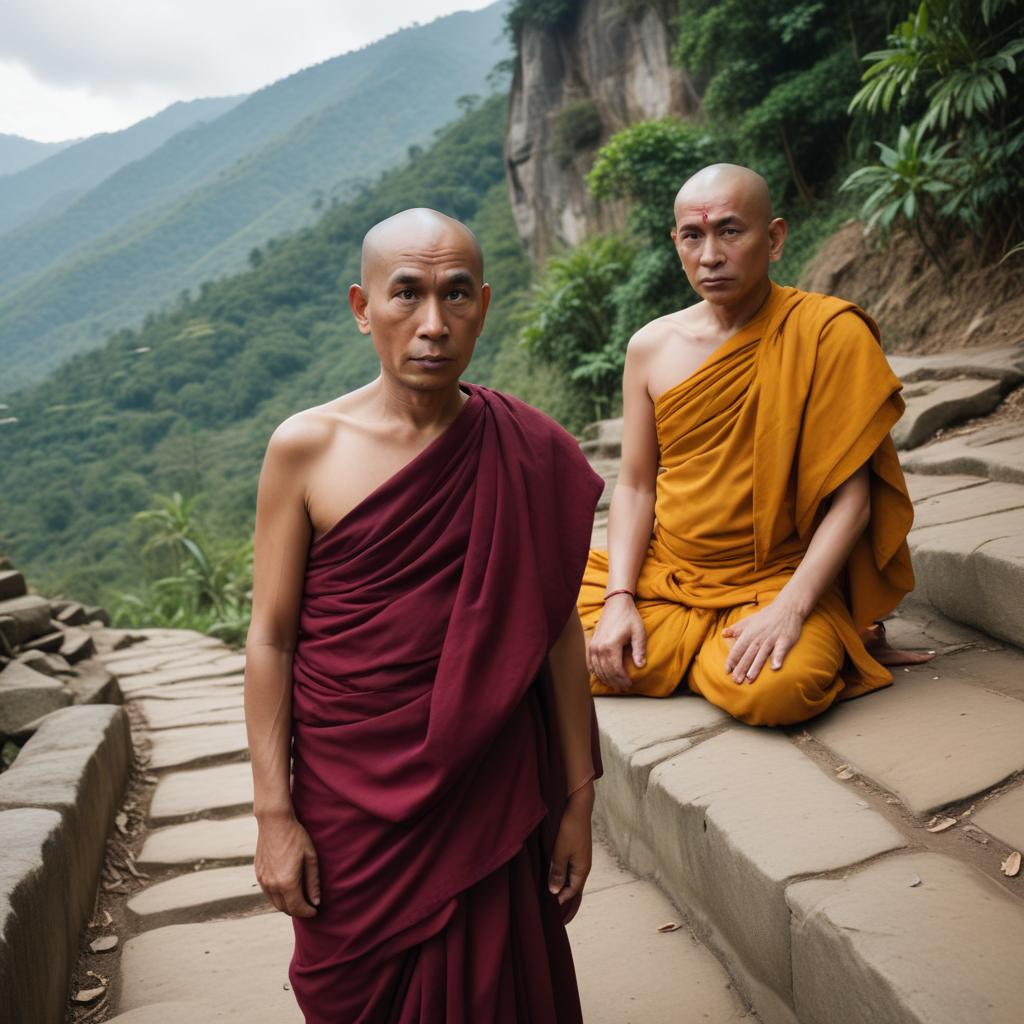This article uncovers how Buddhism, revered for its non-violence, has been weaponized by militant monks in Sri Lanka and Myanmar to fuel nationalism, majoritarianism, and sectarian violence, challenging its global image of peace.
The author embarks on a journey to Dharamshala and Sri Lanka to understand the disturbing transformation of Buddhism. While the West often associates Buddhism with non-violence (ahimsa), exemplified by figures like the Dalai Lama and Gandhi, the article reveals how conservative Theravada Buddhism in countries like Sri Lanka and Myanmar has been co-opted for political power, nationalism, and violence. Militant monks, such as Sri Lanka's Galagoda Aththe Gnanasara and Myanmar's Ashin Wirathu, lead movements like the Bodu Bala Sena (BBS) and the 969 movement, inciting hatred and violence against minority groups (Muslims, Christians). The article details incidents like the Aluthgama (2014) and Digana (2018) riots in Sri Lanka, where inflammatory rhetoric from monks led to widespread destruction and fear, with police often failing to intervene. It explores historical factors like colonialism, economic inequality, and patriarchal structures within the clergy that contribute to this shift. The author questions the silence of the majority of Buddhist clergy and reflects on how religious vows, no matter how sacred, can be swayed by political influence, leading to a profound moral crisis within the faith.



